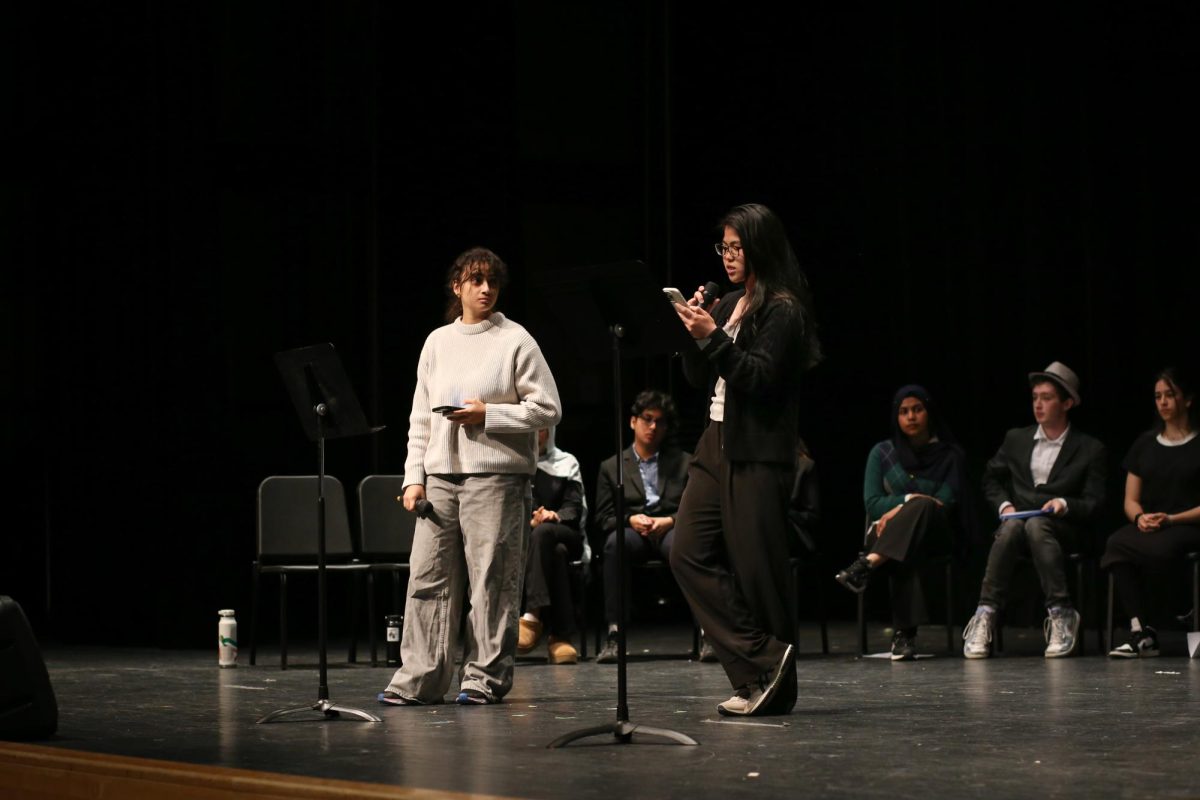
As seniors start their college applications this year, they find themselves ready to approach a familiar enemy: the FAFSA form. The FAFSA, or the Free Application for Federal Student Aid, is responsible for determining each student’s eligibility for college-related financial aid and has developed a reputation for being overly complicated and invasive. In the 2020-2021 school year, a record low of 68% of students submitted the form, limiting their access to federal loans and scholarships.
To make the process easier, Congress passed the FAFSA Simplification Act in 2020, intending to implement drastic changes to the 2024-2025 FAFSA form, which will be released on December 1. The Department of Education made a draft of the updated form available to the public. Seniors applying this year can expect a much simpler, more efficient FAFSA form with 36 questions compared to the original 108.
“I like that it’s been simplified by such a large degree; it makes applying for college a little less complicated,” said rising senior Susan Yang.
One change includes the transition from Expected Family Contribution (EFC) to the Student Aid Index (SAI). These are formulas that use student’s and their family’s finances to determine their aid eligibility; the lower the number calculated, the higher the eligibility.
Additionally, the Department of Education can now use Federal tax information automatically accessed from the IRS through the FUTURE Act. Consenting students and parents will no longer have to enter some tax data and income manually, allowing for a more streamlined application process.
Adjustments have also been made to the Federal Pell Grant Program, ranging between who is now eligible to the size of the grant applying students can receive. This program aids low-income families and the grant does not need to be repaid. Starting in the 2023 Award Year, incarcerated students and students who had federal student loans dismissed under specific circumstances are now eligible for the grant.
Smaller changes to the FAFSA include a higher Income Protection Allowance (IPA), meaning that students can earn up to $9,410 without jeopardizing their aid eligibility, in divorced or separated families, the parent that offers more income support will now be responsible for filling out the FAFSA (compared to only the custodial parent), and students will no longer be taxed when relatives provide financial support while paying for college.
“I like the freedom of being able to make more money without worrying about eligibility. I feel like it would help students with temporary financial hardship to not worry about their long-term college finances,” said rising senior Emerald Yee.
Disagreeing with a change made, rising senior Stephanie Zhang said, “I don’t think it’s reasonable to have the parents whose income is higher to be filling out FAFSA. The living situations of that one parent can be vastly different than that of the student’s currently and it might not reflect their circumstances fairly.”
Despite these attempts to make the FAFSA more efficient, changes have also been made to the form that can potentially cost students more. For instance, families with more than one child in college were originally more eligible for aid; however, the 2024-2025 FAFSA eliminates that discount.
The FAFSA covering the 2024-2025 academic year will be due June 30, 2024.




























